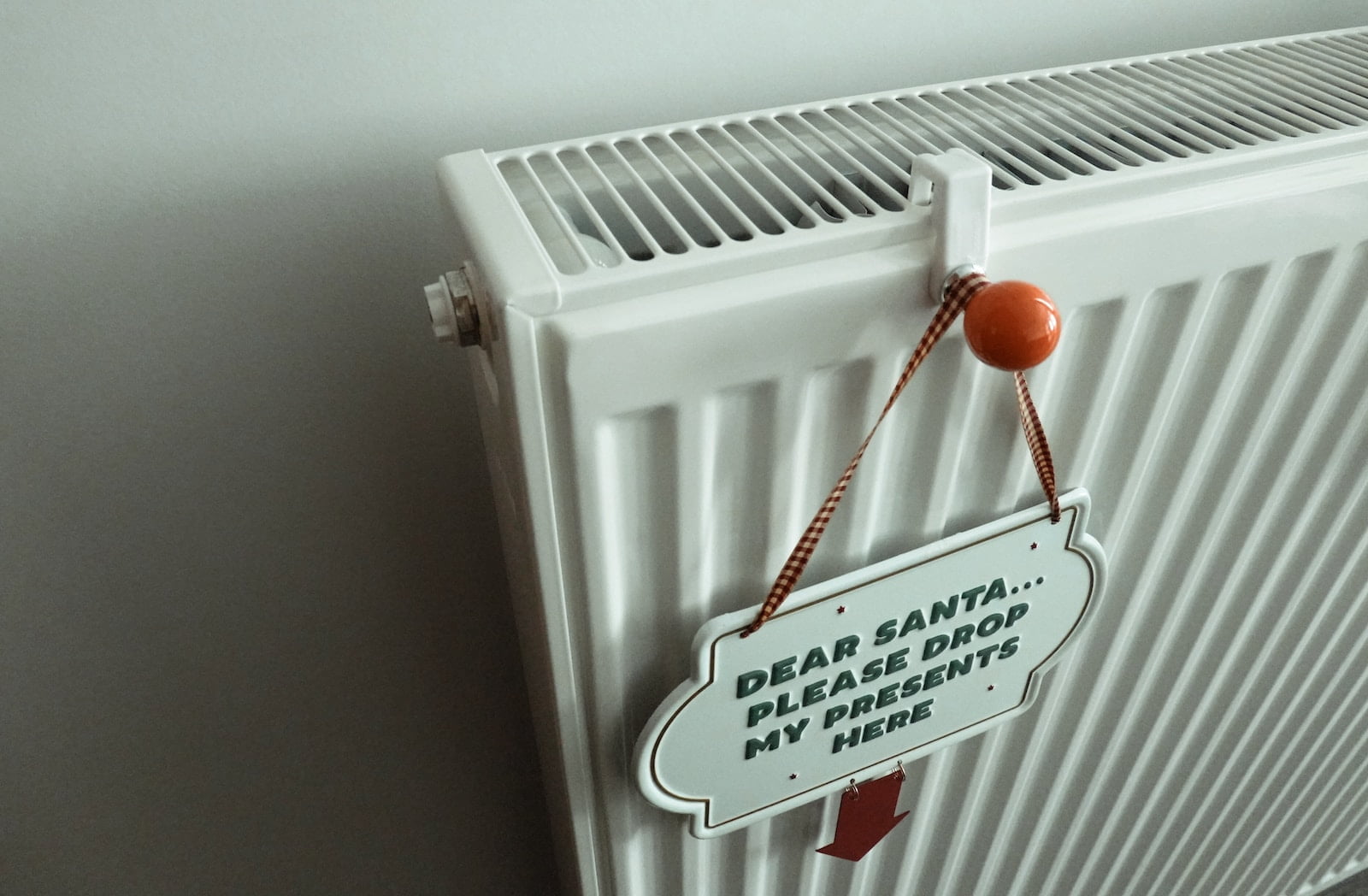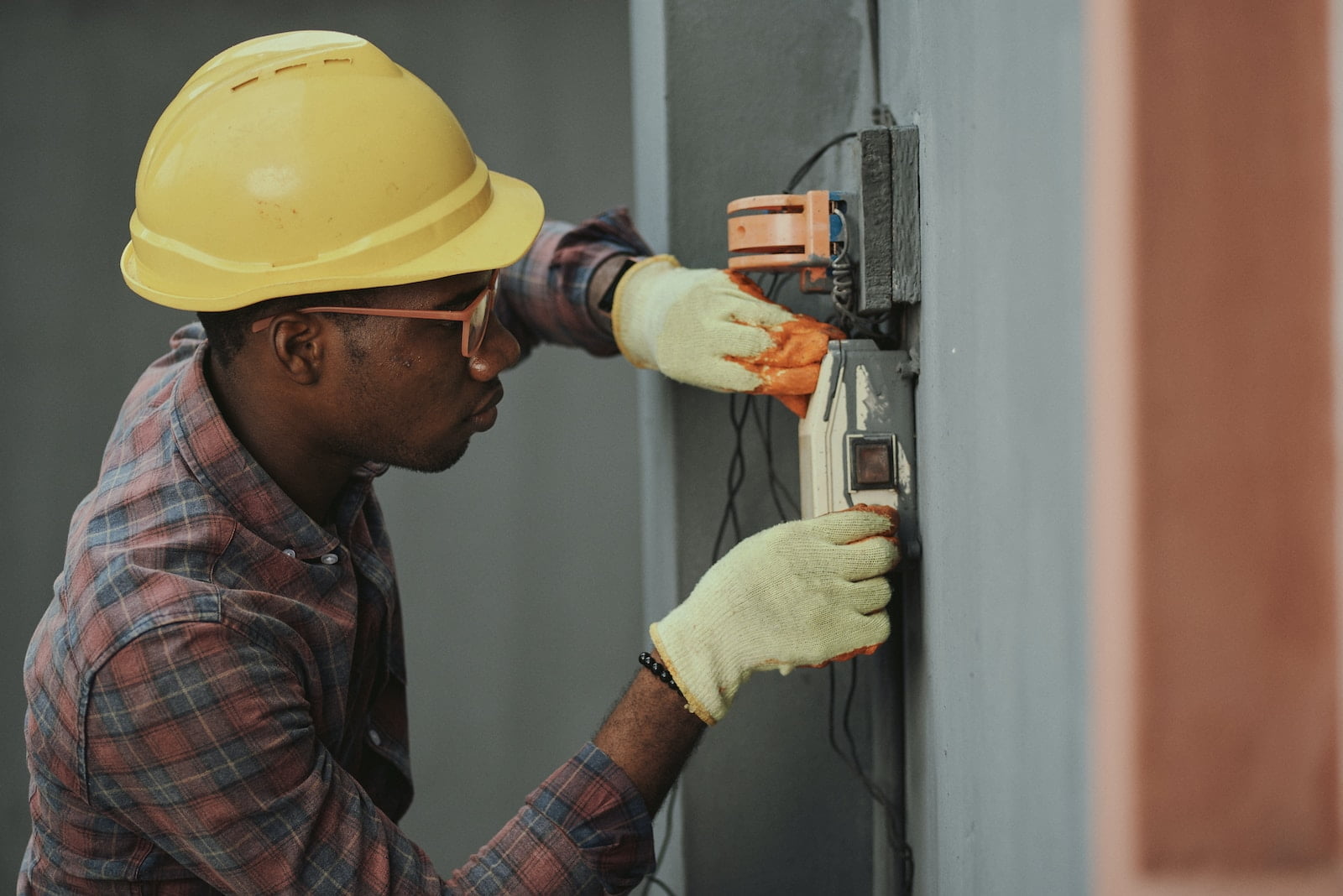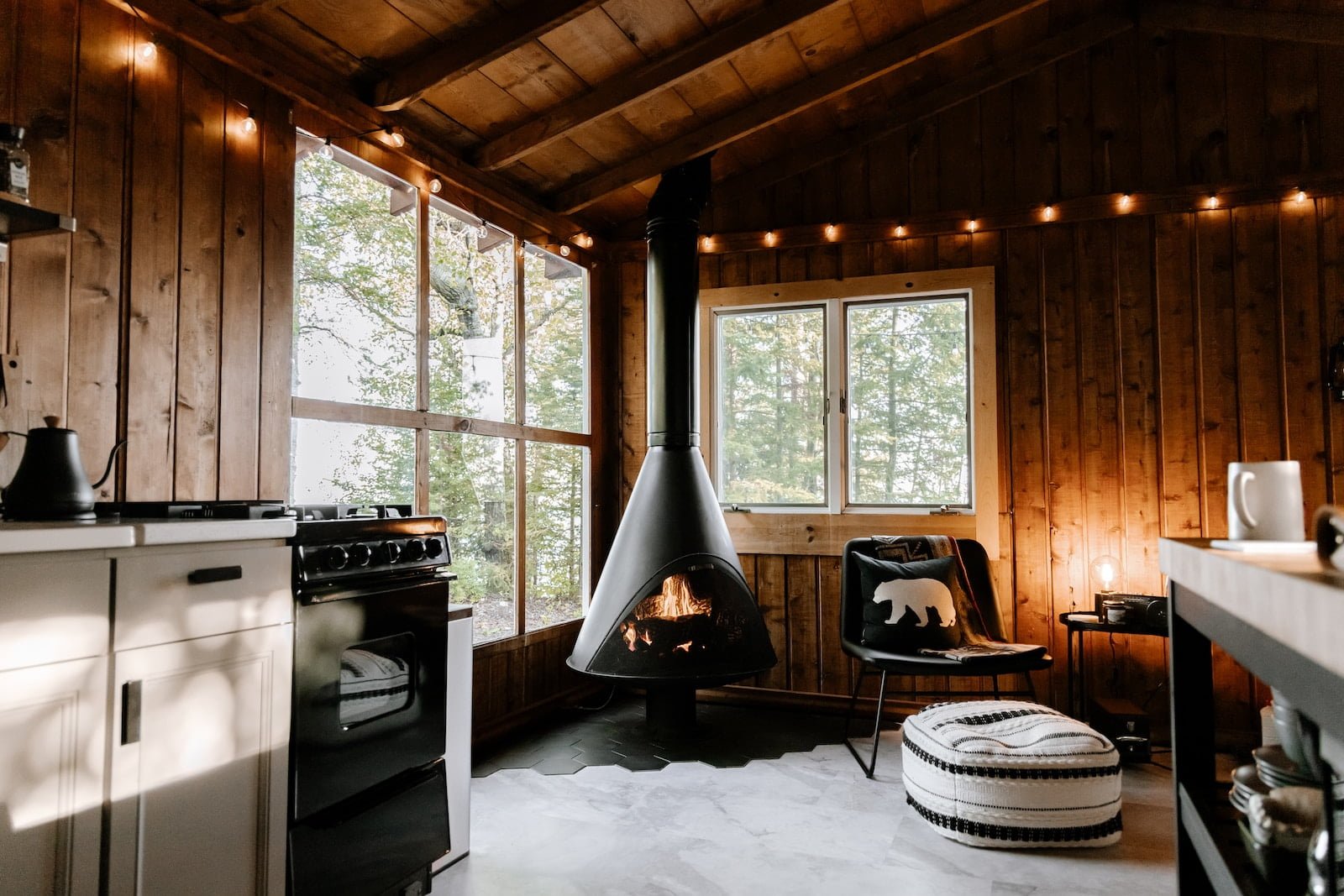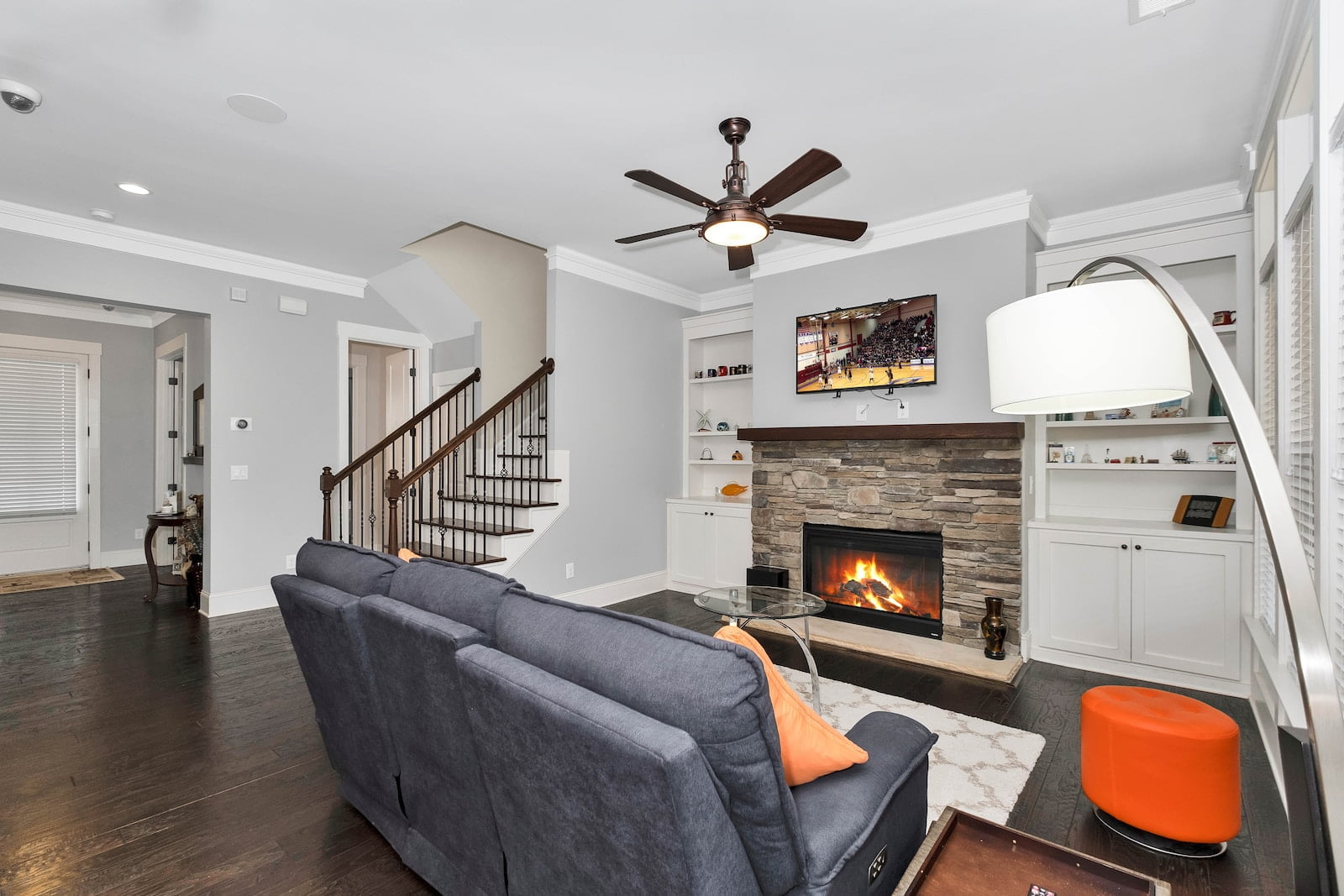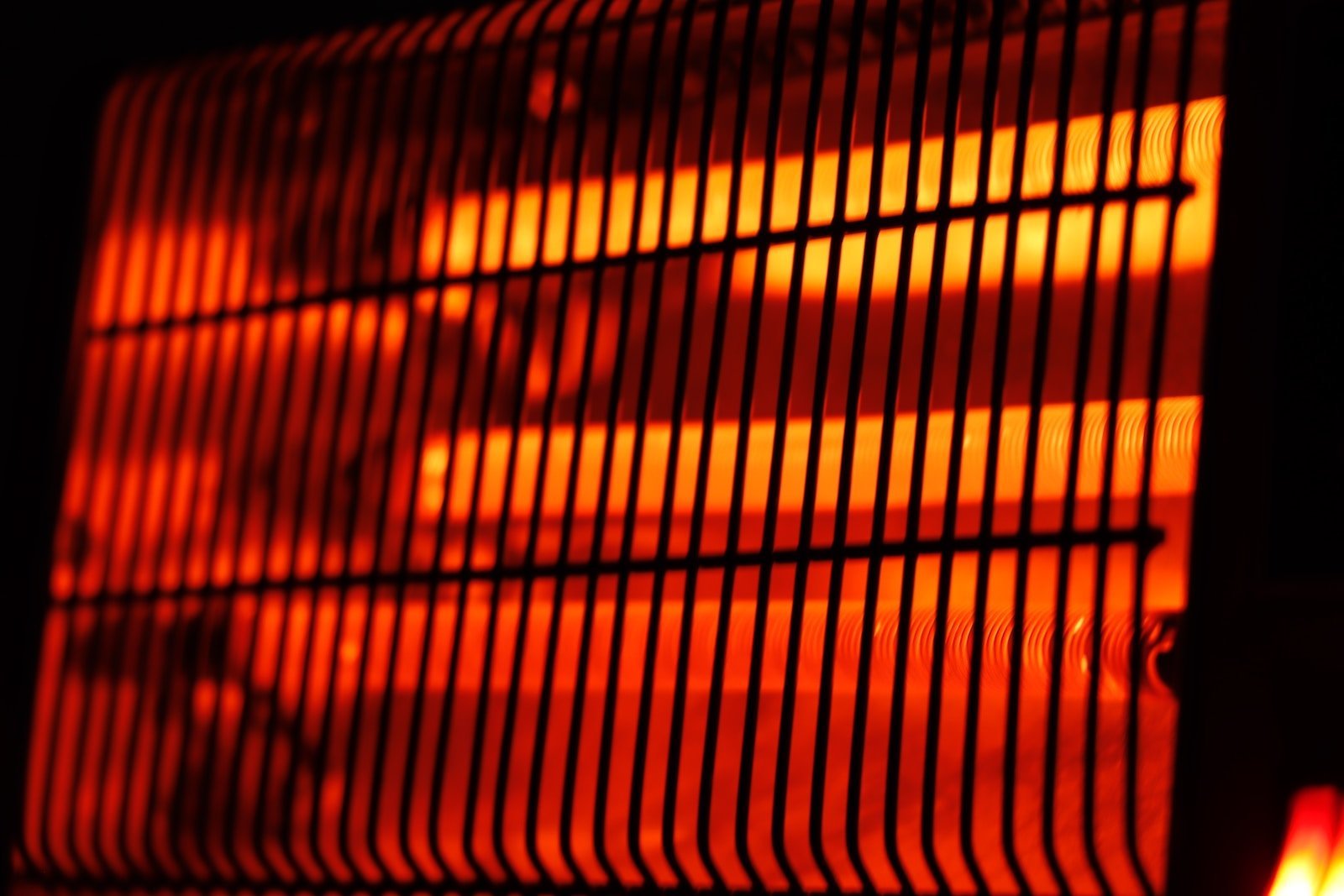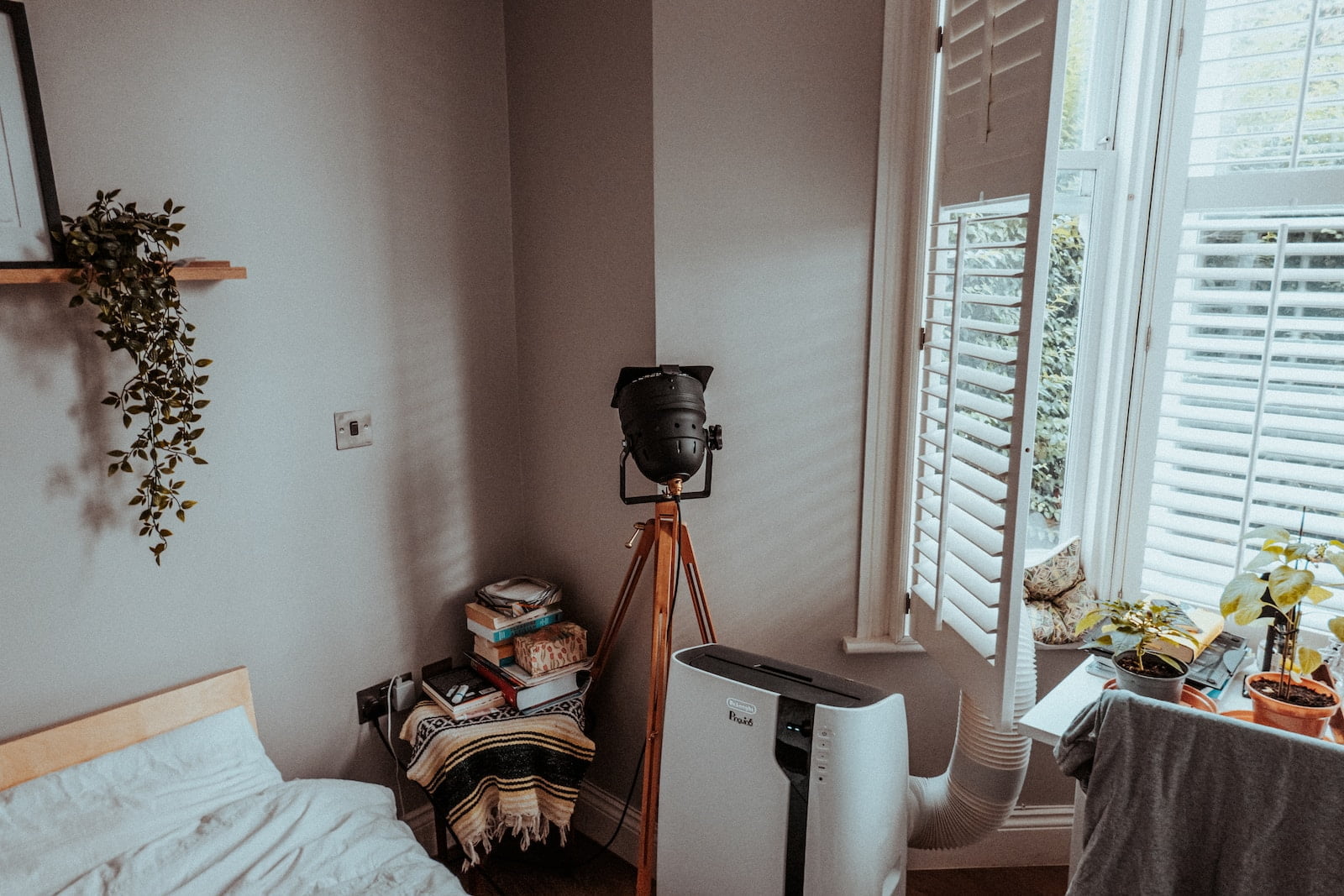Improve Your Home’s Air Quality: How to Replace Vent Covers Step-by-Step
As we spend more and more time indoors, it’s crucial to ensure that the air we breathe is clean and healthy. Poor indoor air quality can lead to a range of health problems, from allergies and respiratory issues to more serious conditions like heart disease and cancer. Fortunately, there are many ways to improve the air quality in your home and create a healthier living environment for you and your family. In this article, we’ll explore some of the most effective strategies for improving indoor air quality, from simple changes you can make to your daily routine to more advanced technologies and techniques.
Firstly, we’ll take a look at the common sources of indoor air pollution and how they can impact your health. From there, we’ll discuss some of the most effective ways to reduce indoor air pollution, including proper ventilation, air filtration, and the use of natural cleaning products. We’ll also explore some of the latest technologies for improving indoor air quality, such as air purifiers and smart home systems. By the end of this article, you’ll have a better understanding of how to create a healthier, more comfortable home environment for you and your loved ones.
Replacing Vent Covers for Improved Air Quality
Furthermore, replacing vent covers is an essential part of maintaining good indoor air quality. Over time, these covers can accumulate dust, dirt, and other pollutants that can circulate throughout your home or office. This can lead to respiratory problems, allergies, and other health issues, especially for those with pre-existing conditions. By replacing your vent covers regularly, you can ensure that your HVAC system is functioning properly and that the air you breathe is clean and healthy.
In addition, new vent covers can also improve the efficiency of your heating and cooling system. As air flows through the vents, it can encounter resistance from old, dirty covers that can block airflow and reduce the effectiveness of your HVAC system. By replacing these covers with new ones, you can improve the airflow and reduce the amount of energy needed to heat or cool your home or office. This can lead to lower energy bills and a more comfortable living or working environment.
In conclusion, replacing vent covers is an important step in maintaining good indoor air quality and improving the efficiency of your HVAC system. By doing so, you can ensure that you and your family or employees are breathing clean, healthy air and enjoying a comfortable living or working environment. So, don’t wait any longer to replace those old, dirty vent covers and start enjoying the benefits of improved air quality today.
Step-by-Step Guide for Replacing Vent Covers
First, you need to measure the size of your existing vent cover to ensure you purchase the correct replacement. Once you have the correct size, you can remove the old vent cover by unscrewing the screws that hold it in place. Be sure to keep the screws in a safe place, as you will need them later.
Next, clean the area around the vent to remove any dust or debris. This will ensure that the new vent cover fits properly and looks clean. Once the area is clean, you can place the new vent cover over the opening and align it with the screw holes.
Using the screws that you saved earlier, screw the new vent cover into place. Be sure to tighten the screws securely, but do not overtighten them as this can cause damage to the cover or the surrounding area.
Finally, check to make sure the new vent cover is securely in place and flush with the surrounding area. If everything looks good, you’re done! Your new vent cover should be working properly and looking great.
Tips for maintaining air quality after vent cover replacement
Once you’ve replaced your vent covers, it’s important to take a few steps to maintain the air quality in your home. First, make sure to clean the vents regularly. Dust and debris can accumulate quickly, especially if you have pets or live in a dusty area. Use a vacuum with a brush attachment to remove any buildup. You can also wipe down the vents with a damp cloth to remove any remaining dust.
Another tip is to change your air filters regularly. Your HVAC system’s air filters are designed to trap dust and other particles, but they can quickly become clogged and reduce the efficiency of your system. Check your filters once a month and replace them as needed. This will help keep your air clean and your system running smoothly.
Finally, consider investing in an air purifier. These devices can help remove allergens, pollutants, and other harmful particles from the air in your home. Look for a purifier with a HEPA filter for the best results. Place the purifier in a central location in your home, such as a living room or bedroom, for maximum effectiveness.
Conclusion and Final Thoughts on Improving Home Air Quality
In conclusion, improving the air quality in your home is essential for your health and well-being. There are many ways to achieve this, from regularly cleaning your home to using air purifiers and ventilation systems. It’s important to identify the sources of indoor air pollution in your home, such as mold, dust, and pet dander, and take steps to reduce or eliminate them. Additionally, you can make small lifestyle changes, such as using natural cleaning products and avoiding smoking indoors, to further improve your home’s air quality.
Remember, the air you breathe in your home can have a significant impact on your health, so it’s worth taking the time and effort to improve it. By implementing some of the tips and strategies discussed in this article, you can create a healthier and more comfortable living environment for yourself and your family. So, start small and make changes gradually, and before you know it, you’ll be breathing easier and feeling better in your home.
